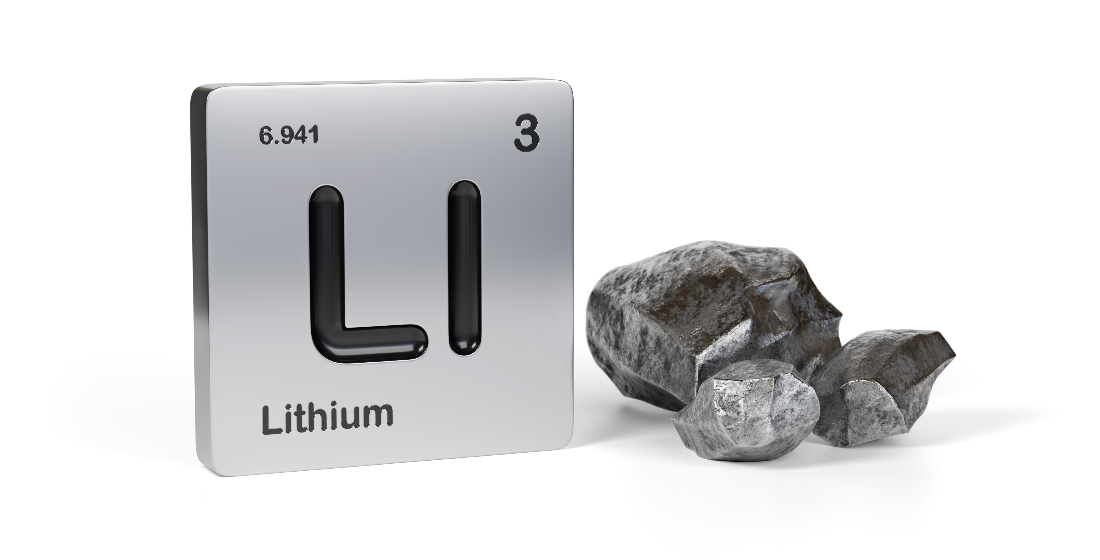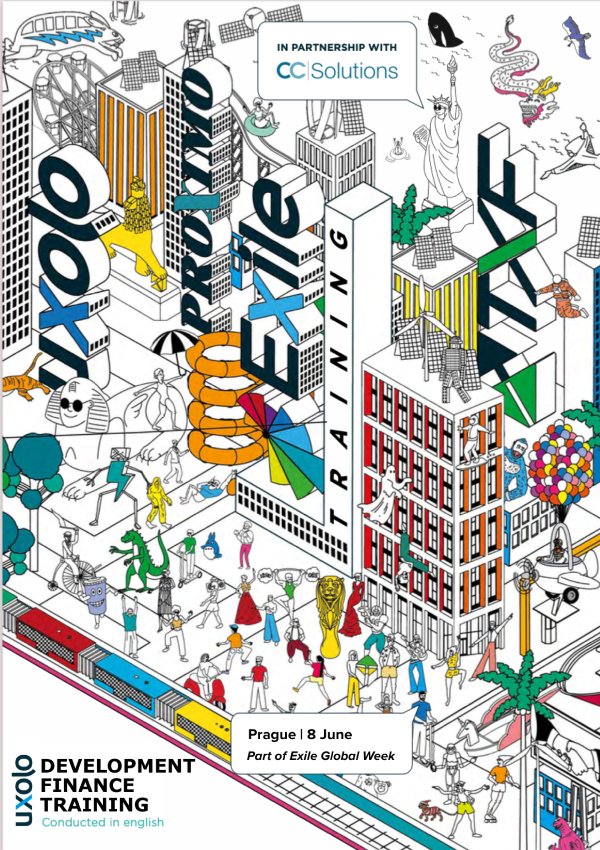Will COP28 speed up change?
With COP28 due to kick off at the end of month and, based on previous COP outcomes, expectations of progress low, Uxolo takes a look at what progress MDBs have been making in upping their role in energy transition, financial innovation, pulling in more private sector investment and filling the financing void left by the broken promises of governments made at previous COPs.

This year the results of the world’s first Global Stocktake will be released at COP 28. The global political response – which has to be the considerable upping of nationally determined contributions (NDCs) given the pre-event Synthesis Report predicts global temperatures to rise by 2.4-2.6 degrees C (4.3-4.7 degrees F) by the end of the century – will dictate whether COP28 goes down as yet another groundhog day (the political and environmental equivalent of the orchestra on the Titanic playing ‘Nearer My God to Thee’ as the ship went down), or the first COP that actually does what it says on the tin.
The failures of COPs have been many, but facilitating sufficient access to finance and funding is one of the biggest. Despite upping their climate finance lending volumes to a record $100 billion in 2022 – surpassing the 2025 climate finance targets they set themselves at the UN Secretary General’s Climate Action Summit in 2019 – MDBs and DFIs face growing pressure from their shareholders for more innovation and reform in how they raise funding, use that funding and leverage their capital bases.
The shareholder governments applying those pressures may have failed to deliver their own energy transition cash promises made at the various COPs – but their point about MDB innovation is still valid: note the recent proliferation of press releases about more collaboration between the World Bank and MDBs – radical stuff indeed.
On the MDB/DFI side, initiatives over how to maximise the impact of MDB callable capital, special drawing rights and hybrid capital are making headway, and if implemented could have significant impact in terms of boosting DFI lending budgets. But how that additional cash is used and where it is concentrated is where the real impact will come – and arguably there are financing avenues still strongly promoted by the development finance community that continue to deliver far less than what is promised.
Blended finance and public private partnerships (PPPs) in developing markets are two such avenues. The promise of more private sector cash attracted into development finance is a PR dream – but neither have yet to match the promise with meaningful financing volume.
Convergence’s State of Blended Finance 2023 report, released last month, made for dispiriting reading. ‘Despite capturing a similar deal count in 2022 compared to 2021 in the overall blended finance market, Convergence found that total deal volume decreased by approximately 45% in 2022 and about 55% in climate blended finance, reaching a ten-year low in total financing.’
Furthermore, ‘climate blended finance transactions accounted for under 40% of all blended finance deals in 2022, down 10% when compared to each of the previous five years where climate-focused transactions accounted for 50% or more of the annual deal count.
PPPs in emerging markets, most notably Africa, also tend to be a distraction. Rarely ever bankable without sovereign and/or MDB guarantees – when they do get done they are arguably often the commercial bank equivalent of ambulance chasing.
That is not to say blended finance and PPP don’t have a role – for example ILX-style blended deals, which free up MDB balance sheets, make perfect sense, although they have yet to be imitated. But the heavy focus on promoting those blanket terms in emerging markets is arguably misdirection – some structures will deliver, many will not.
Certainly emerging markets PPPs are often a waste of time because ultimately the bankability underpinning does not stack up, or they are simply too pricey because of lack of market transparency (a failing that MDBs/DFIs are as guilty of as their client base), or the projects’ income streams are locally denominated and capex is in a hard currency. In short, many emerging markets are not suited to structured finance of any form.
The Uxolo perspective
Beyond the usual promises made by the global political elite about NDCs, transition funds and private sector partnership, MDBs need to grasp the lead tighter on financing energy transition at COP28 – and they need to grab tighter as a harmonised group, primarily because they are not subject to the same bankability and profit-and-loss criteria as decision-makers in the private sector, or the machinations of domestic politics that afflict governments.
There are two new financial instruments open to MDBs that are showing promise. The first is debt-for-nature swaps – although growing in frequency the deals are relatively small volume and unless scaled up radically will have little impact on the 1.5 degree C problem. But such deals do demonstrate a significant change of mind-set – that there is a monetary value on preserving the natural environment.
The second is non-SDR related hybrid capital bonds, which although none have closed yet, proffer the creation of a new asset class. The key mover will be the AfDB deal, which has been doing the rounds all year and will be issued when ‘market conditions are right.’ How much investor interest the deal has had, or will get when issued will be a measure of private sector appetite going forward. Given the instrument is new, pricing expectations will vary, but AfDB clearly has a level in mind that has yet to be reached (probably around 150bp over senior debt tops) – hence waiting for the ‘right market conditions’.
Changes to the financial engineering employed by MBDs and DFIs is clearly underway – albeit progress needs to accelerate. And the notion of elements of development finance morphing into new asset classes (hybrid capital is just one) holds the realistic promise of facilitating more private sector involvement under the MDB/DFI umbrella.
But for all the potential innovation in development finance the most significant impact rests with politicians at COP28 – if they fail to deliver binding financial commitments to offset the findings of the Global Stocktake it won’t matter what MDBs do on the innovation front, increasing amounts of funding will end up dealing with repeated and more frequent environmental catastrophes. Spend the money today to avoid spending much, much more in the future.





